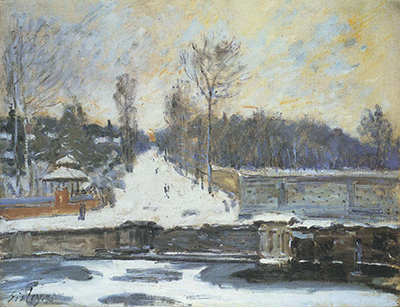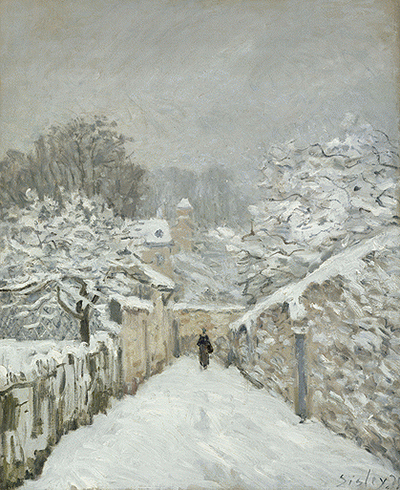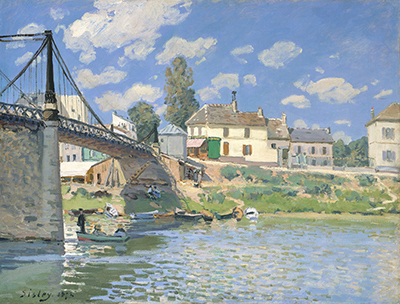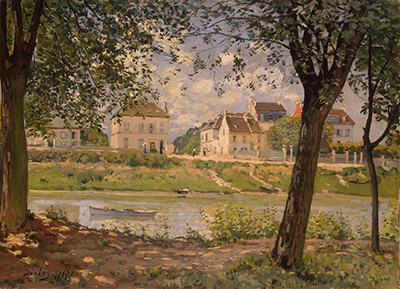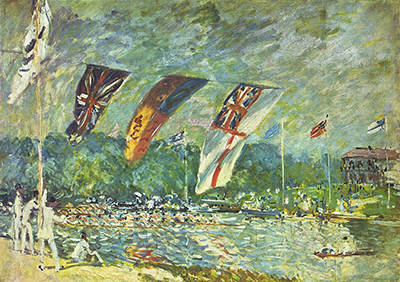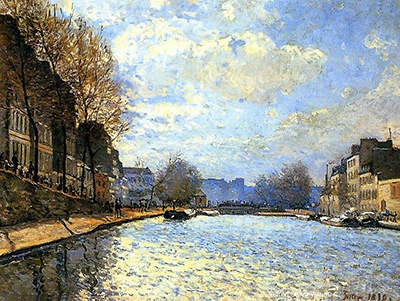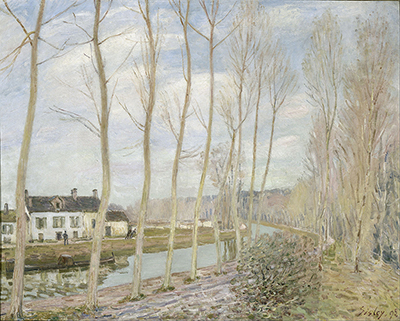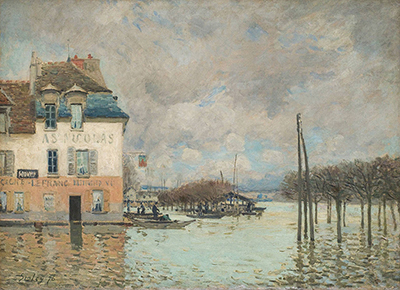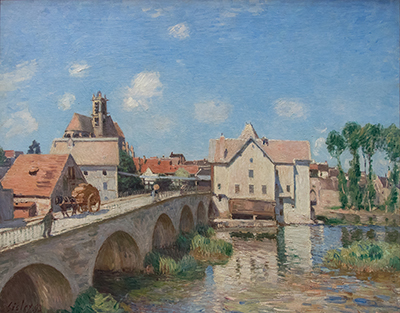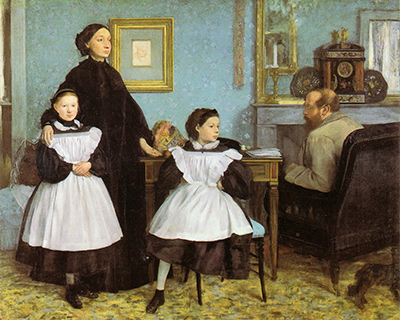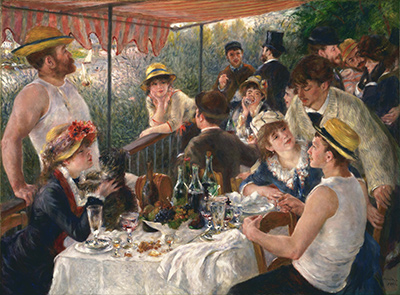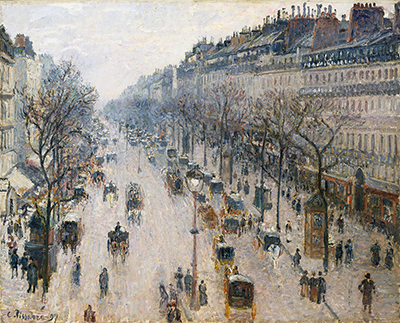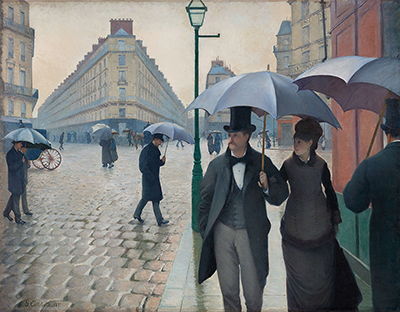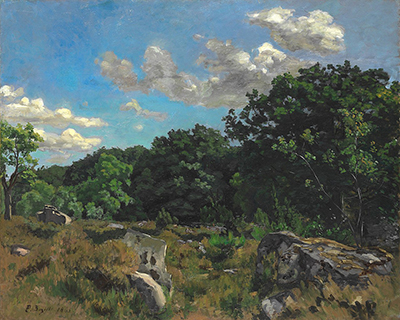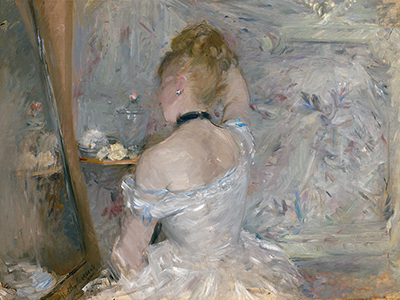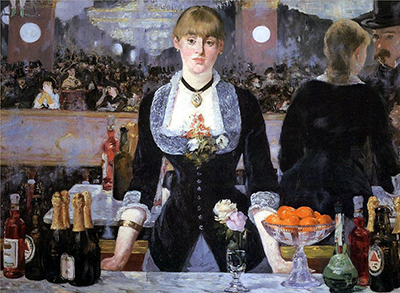The Watering Place at Marly Le Roi Hoarfrost is an oil on canvas painting that was executed by Alfred Sisley in 1875. The painting measures 50 x 65.5 centimetres and is in the collection of the National Gallery in London.
The painting shows a winter scene and there is a ramp designed to allow horses to go into the water in summer months. Alfred painted this painting at Marly-le-Roi, a commune situated in Yvelines, in the region of Île-de-France. The painting is part of the Marly series, a series of 20 oil canvas paintings that Sisley painted of Marly-Le-Roi. His works showing The Flood at Port-Marly and the watering trough are 2 series of Impressionist masterworks similar to Gare Lazare series by the French painter Claude Mone, Toits rouges series and Vues de Pontoise by Camille Pissarro, Champs de blé series by Berthe Morisot and Bal du moulin de la Galette series and The Swing by Renoir. When it comes to the point of view on each painting, Alfred didn't change much but dramatically changed the background. This showed his capability of varying views of a limited part of a countryside.
During his time at this commune, the watering trough was a favourite subject of the artist, and he featured subjects of the eighteenth and nineteenth-century Paris Salons. Like Renoir, Monet and Pissarro, Alfred emphasised on its current utilitarian and domestic use instead of focusing on its earlier life as a beautiful ornamental lake or its status as being a remnant of the political and social system called Ancien Régime.
Alfred relocated to Marly in 1874–1875 and lived in the town until 1877. During this time, he explored the village and its environs. One of the windows of Alfred's house overlooked the abreuvoir, allowing him to make studies of it and the town's park, too. At that time, the abreuvoir in Marly was the last remnant of the fountains, basins and cascades of the gardens of Sun King's château de Marly. The Saine waters were pumped, and then channelled through the Machine de Marly and the Aqueduc de Louveciennes, 2 building that appeared in Alfred's works. While he was residing at this town, the basins had been transformed into an abreuvoir for washing linen and watering horses. The Marly Horses, which used to adorn the basin, had been moved to one one of the main public squares in Paris, Place de la Concorde.
More Impressionist Artists



